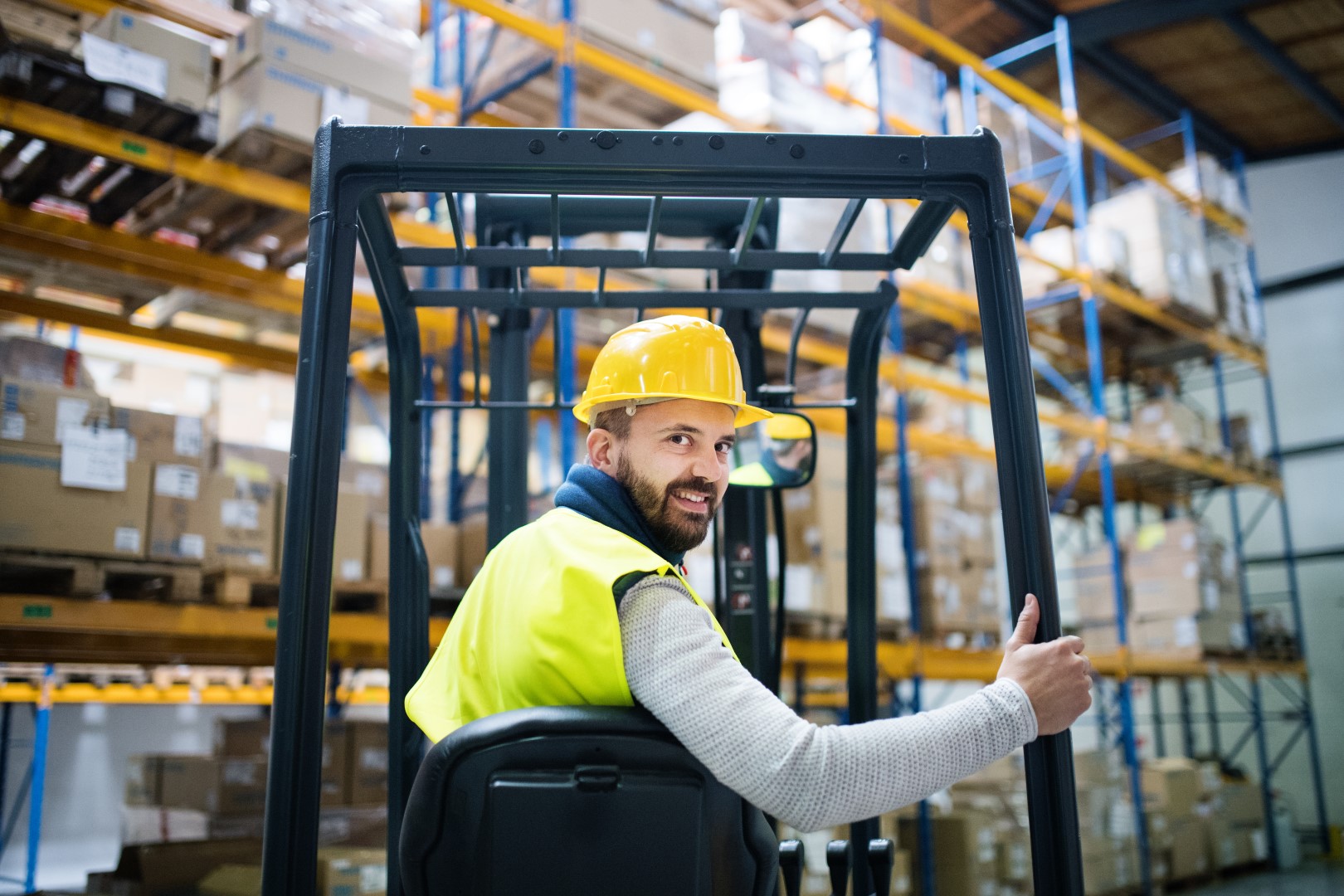When Transmon started back in 1996, safety solutions in the world of materials handling were all but non-existent. Forklift trucks had very limited safety features as standard; seatbelts, lights and mirrors were usually optional extras. Over time, rising accidents and fatalities caused a marked shift in the way warehouse operations were viewed within their facilities, culminating in many bringing in a dedicated team for Health & Safety.
Early Adopters
Health & Safety in the workplace took the view that it was paramount to improve safety on and around the site, and actively sought out to find products and solutions available to make that happen.
Early products brought in were basic sounders, such as a reversing noise. Again, these weren’t standard features and only available as an optional extra. So even with flashing beacons and lights, sounders were basic in their set up and were designed to notify the person to get out of the way, not the driver having to know they were there.
Now there has been a complete shift in responsibility and it’s the driver who must ensure they do not come into contact with either a person or structure, with an obvious requirement for the aid of cameras and sensors etc. to achieve this level of safety.
Site speed was always an issue in a warehouse environment with tight turnaround deadlines for loading/unloading goods. So the forklift driver then became wired to load/unload as soon as they could, however if a forklift driver maintained the same speed travelling in the warehouse as the loading area, which has far fewer people, there would inevitably be issues. It soon became apparent that control was needed to ensure different speeds could be imposed for different site areas depending on the volume of personnel or other factors such as infrastructure. It was the responsibility of the driver operate the forklift in accordance with the working environments. In essence, we needed to make the truck intelligent.
Pedestrian Safety
One of the biggest technology advancement that has had a huge impact on warehouse safety is the Pedestrian alert system. A driver could not be aware of all personnel within a warehouse as often walkways and aisles are filled with stock causing limited visibility. This could be addressed by a Pedestrian alert whereby the person would have a tag on them providing a signal to the truck’s sensor that would indicate someone was in the vicinity. This would then serve as a warning to both the individual and the truck driver. The vehicle could be slowed automatically ensuring a safe speed to pass each other. Additionally the tag could ‘buzz’ the individual to tell them a forklift was close by and to be alert.
Other products which served as game changers were Access Control and Impact Management systems, which evolved into the Fleet Management Systems we see practically all OEMs offering today yet Transmon were at the beginning of this technology journey with our speed controllers, access control keypads and impact sensors.
The Future of Forklift Safety
For 25 years Transmon has continued to develop numerous products and integrated solutions for materials handling vehicles including the Active Collision Avoidance System, Automatic Braking Systems as well as Speed Control Zoning, all now part of daily life across warehouses and storage facilities.
Yet technological advancements still offer us huge potential for forklift intelligence through the use of the ever-decreasing size of microchips, allowing more data and algorithms to be stored in compact units with significant benefits to the industry.
We are currently working on a number of advanced technologies involving laser and radar solutions for truck collision avoidance which will allow a driver to receive warning signals even though they may not see what the obstacle may be.
With many initiatives from industry bodies further cementing the benefits of safety solutions for materials handling, there is much to look forward to but we’ve come a long way in 25 years to make the warehouse a much safer place to work.


